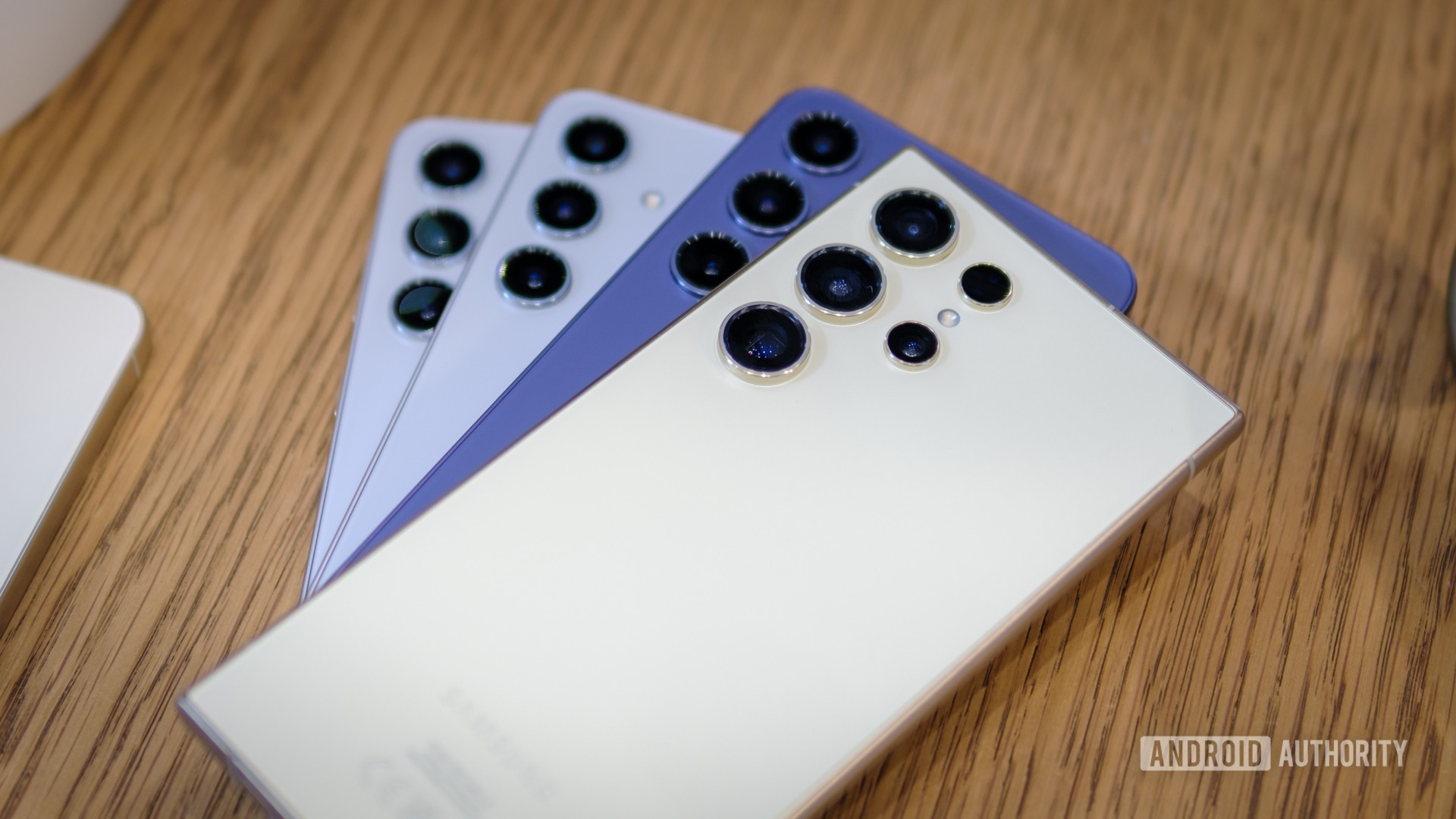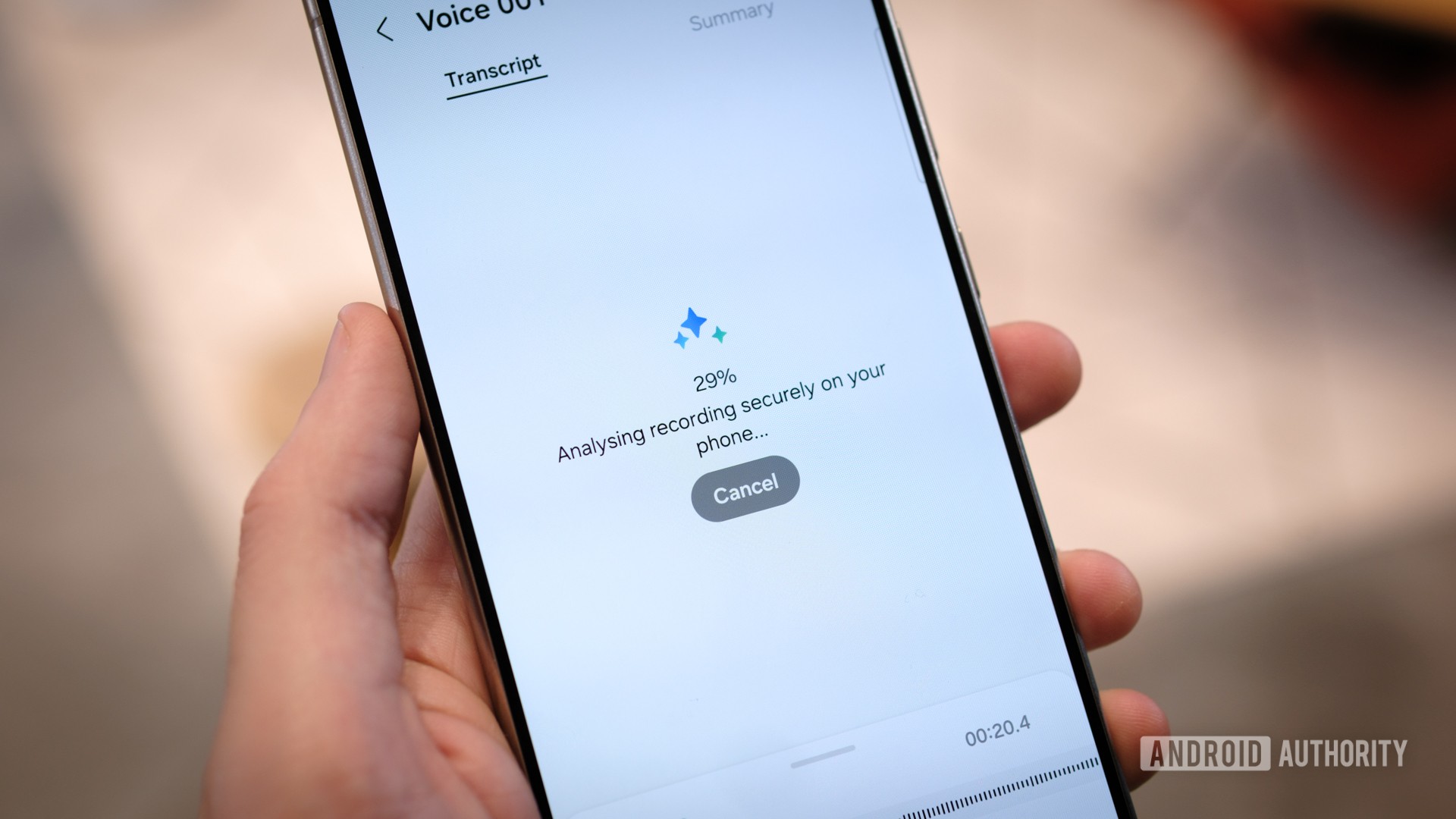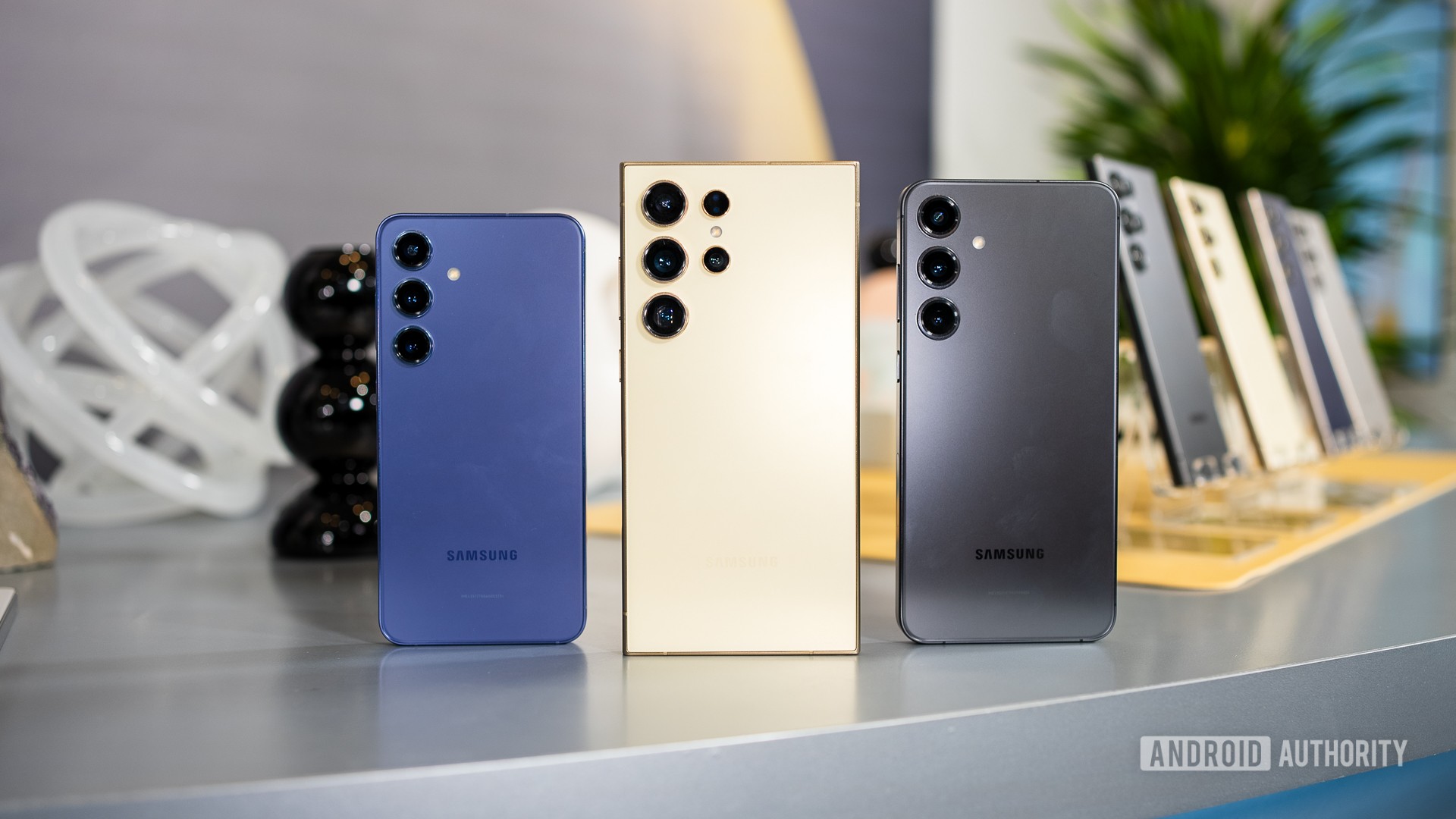This suggests Qualcomm’s choice is the premium chipset, but does that mean Galaxy S24 and S24 Plus customers using Exynos will miss out? Let’s dive into the Snapdragon 8 Gen 3 and Exynos 2400 to see what’s different.
Snapdragon 8 Gen 3 and Exynos 2400 specifications
| Snapdragon 8 3rd generation | Exynos 2400 | |
|---|---|---|
|
CPU configuration |
Snapdragon 8 3rd generation
1 x 3.3GHz (Cortex-X4) |
Exynos 2400
1 x 3.2GHz (Cortex-X4) |
|
GPU |
Snapdragon 8 3rd generation
Adrenals |
Exynos 2400
Xclips 940 |
|
Amnesty International |
Snapdragon 8 3rd generation
Hexagon |
Exynos 2400
AI Engine (2x NPU, 2x Shallow NPU) |
|
RAM support |
Snapdragon 8 3rd generation
LPDDR5X |
Exynos 2400
LPDDR5X |
|
Storage support |
Snapdragon 8 3rd generation
UFS4.0 |
Exynos 2400
UFS4.0 |
|
Camera support |
Snapdragon 8 3rd generation
• One 200-megapixel shot |
Exynos 2400
• One shot at 320 megapixels |
|
Capture video |
Snapdragon 8 3rd generation
8K at 30 fps |
Exynos 2400
8K at 30 fps |
|
4G/5G modem |
Snapdragon 8 3rd generation
X75 LTE/5G (integrated) |
Exynos 2400
Exynos 5300 |
|
Other networks |
Snapdragon 8 3rd generation
Bluetooth 5.4 |
Exynos 2400
Bluetooth 5.3 |
|
location |
Snapdragon 8 3rd generation
Galileo, Beidou, NavIC, GPS, GLONASS, QZSS |
Exynos 2400
Galileo, Beidou, GPS, GLONASS |
|
practical |
Snapdragon 8 3rd generation
TSMC 4nm (N4P) |
Exynos 2400
Samsung 4nm (LPP+) |
Samsung Galaxy S24 Plus
Big bright screen
Snapdragon 8 3rd generation for Galaxy
Thin edges

Samsung Galaxy S24 Ultra
200 MP camera
Pro Visual Engine
Storage capacity up to 1 TB
New AI tools
Galaxy S24 processor differences explained

Robert Triggs/Android Authority
Right off the bat, the CPU setup is quite different between the two – the Snapdragon 8 Gen 3 has an octa-core setup (1+4+3), while the Exynos 2400 has a whopping ten cores (1+5+4). . There are similarities. The cores are based on the latest ARM cores, which include the powerful Cortex-X4, the mid-core A720s, and the power-efficient Cortex-A520s. The two chips have also split the mid-core Cortex-A720 configurations into two sets of clock speeds, for a better balance of efficiency.
Speaking of clock speeds, Qualcomm offers higher performance across each of its cores, and the difference is especially noticeable with the smaller A520 cores. Although we’ll have to wait for benchmarks, this suggests that the Snapdragon 8 Gen 3 should have a very slight lead in single-core performance, but 100MHz won’t result in a huge performance discrepancy in apps or games. It is difficult to judge multi-core performance before benchmarking; The Exynos’ core count advantage should move forward, but the Snapdragon’s faster clock speeds could close that gap.
With different numbers of CPUs, GPUs, and NPUs, Exynos and Snapdragon don’t have much in common.
Graphics are a bigger area of difference, with Qualcomm’s Adreno GPU stacked against AMD’s RDNA3 architecture in the form of the Xclipse 940. Both devices have ray tracing hardware, with the Snapdragon 8 Gen 3 claiming a 50% performance boost over its predecessor. The 2022 Exynos 2200 was one of the first mobile GPUs capable of ray tracing, so we have high expectations from its successor. Unfortunately, Samsung hasn’t indicated how fast the new GPU will be, other than “significant performance improvements.”
On the plus side, the Xclipse 940 supports AMD’s popular FidelityFX Supersolution AI upscaling technologies to produce higher resolutions with minimal impact on performance. The Snapdragon 8 Gen 3 features similar technology in the form of Snapdragon Game Supersolution, but AMD’s option is already widely supported in the PC gaming space. Both GPUs also support global lighting, so there’s strong feature parity. We’ll have to see how the real game performs.

Robert Triggs/Android Authority
When it comes to AI, Samsung is claiming significant performance gains with the Exynos 2400 compared to the Exynos 2200. The 14.7x AI performance boost is a huge number, and reports point to 44TOPS or similar performance for the Snapdragon 8 Gen 3 and 45TOPS hexagon NPU, Samsung said. Robot body We can expect similar results. We don’t know if the Exynos NPU supports compressed INT4 models, and Samsung didn’t provide tokens per second statistics for running large language models — the 8th Gen 3 can handle 10 billion parameter models running at roughly 15 tokens per second. But since the Galaxy AI’s offline features work on both the Snapdragon and Exynos versions of the Galaxy S24, the two appear to be compatible enough to meet Samsung’s current AI needs.
Moving on to networking, you’ll find sub-6GHz and mmWave connections supported on both chips, though the Exynos chip takes a theoretical download speed of 12Gbps versus Qualcomm’s 10Gbps on mmWave. However, real-world speeds are likely to be more limited by your network than your modem. Qualcomm takes the cake with Wi-Fi 7 support from the FastConnect 7800 add-on, which the Exynos doesn’t support on the chip. This is reflected in the fact that the Galaxy S24 and S24 Plus support Wi-Fi 6E while the Ultra has Wi-Fi 7.
Finally, these two packages are packaged into different processing packages. Qualcomm’s Snapdragon 8 Gen 3 is manufactured using TSMC’s 4nm process, while the Exynos 2400 is manufactured at Samsung Foundries using the competing 4nm LPP+ process. This could lead to differences in performance and power efficiency, but we’ll have to test the two chips to find out.
Does it matter if my Galaxy S24 has Exynos or Snapdragon?

Because it is Nguyen/Android body
The short answer is not really. Samsung is ensuring that customers get the same features whether they can purchase the Exynos or Snapdragon versions of the Galaxy S24 and S24 Plus. Be it the latest Galaxy AI tools or the feature parity when it comes to Bluetooth and Wi-Fi options. Plus, you’ll still receive the same display, charging, and other key specs. There’s not much most customers can do about it anyway. Only the US, China and South Korea will see Snapdragon throughout the lineup, and we’d hesitate to suggest importing a phone for just the variant.
We won’t know the longer answer to that question until we’ve had a longer opportunity to compare the chipsets and phones side-by-side. We may see some performance differences in high-end games, slightly different levels of battery efficiency, and potential differences in networking performance, as was the case in previous Exynos and Snapdragon comparisons. For example, gamers and high-performance users may want to wait for the full picture before deciding on a specific Galaxy S24 model.
So it is again possible that some consumers may have a more performing or efficient version of the same phone. Remember though, the Samsung Galaxy S24 Ultra has the Snapdragon 8 Gen 3 processor for Galaxy in every region, so we suggest global customers opt for this model if they really want Qualcomm’s latest chip.